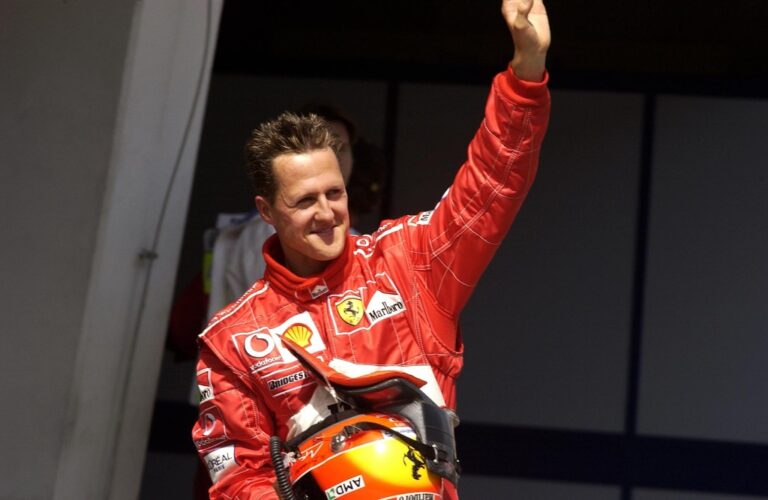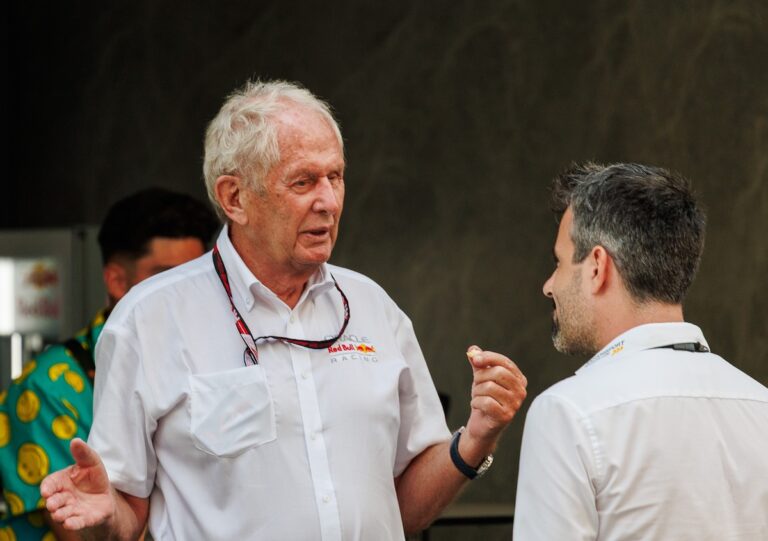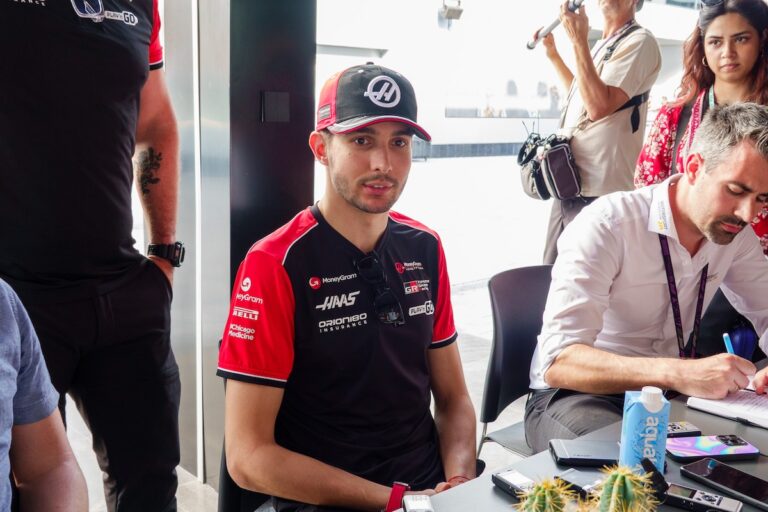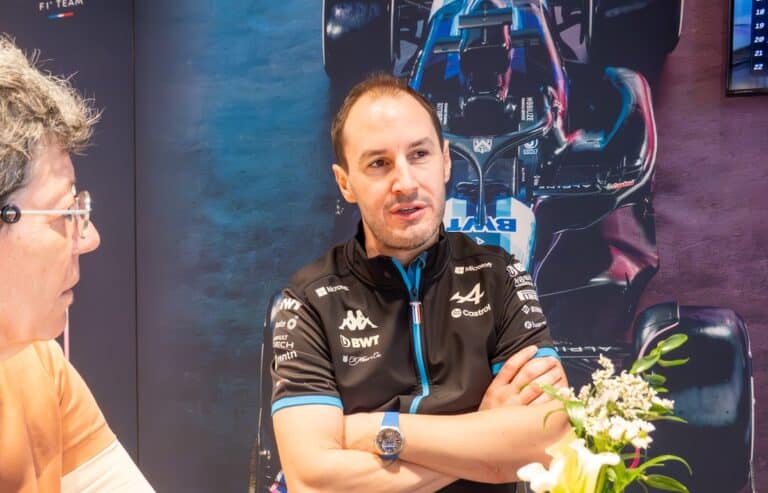Aston Martin’s Andy Cowell: “No Shying Away” from 2026 Targets Despite Challenges
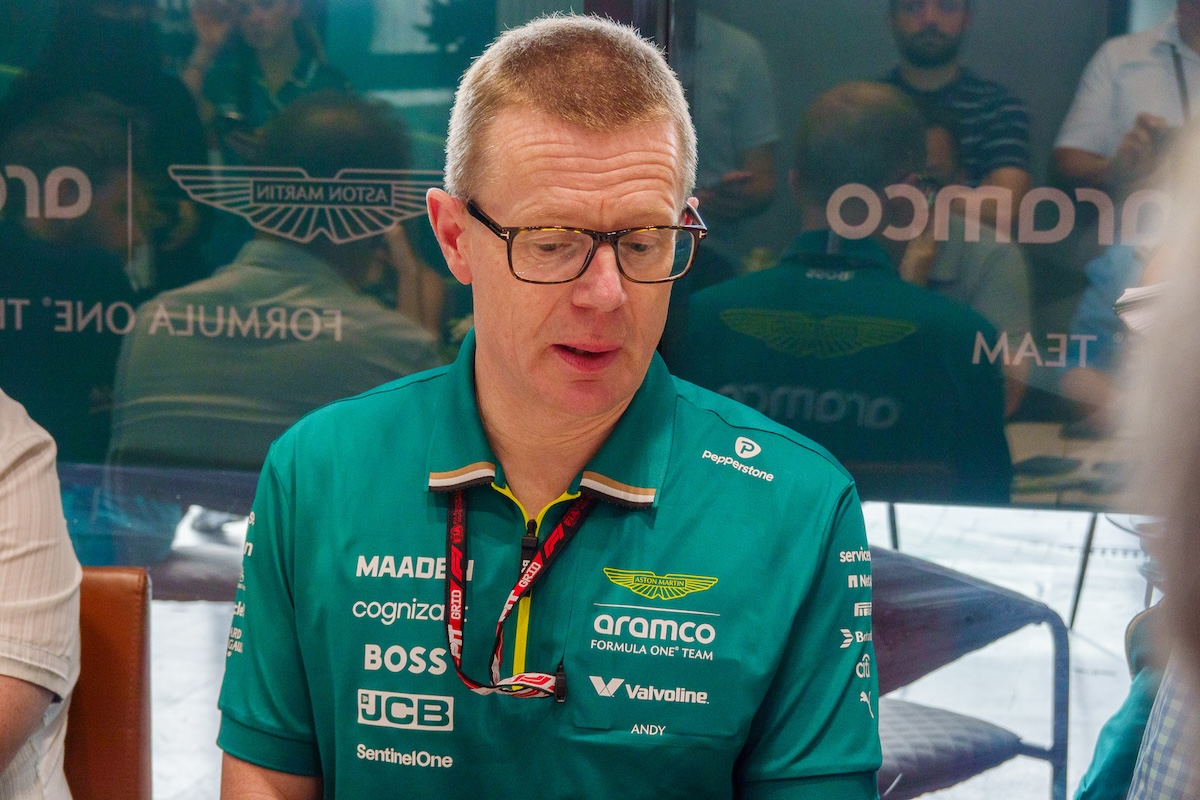
Aston Martin’s Managing Director of Performance Technologies, Andy Cowell, offered candid insights into the team’s 2025 development challenges, its long-term plans for 2026, and the integration of Adrian Newey-style methodology ahead of the Saudi Arabian Grand Prix. Speaking to open media on Thursday, Cowell acknowledged the tough start to the season but emphasized the team’s focus on learning from its new wind tunnel and improving data correlation as keys to moving forward.
“The car we’re racing at the moment was created away from our own wind tunnel,” Cowell explained. “We’ve got a ’25 model in our wind tunnel, and we’re spending a lot of time understanding the differences between track, wind tunnel, and CFD data to make sure the stopwatch stops sooner.”
Since the Australian Grand Prix, Aston Martin has been fully reliant on its in-house wind tunnel. Cowell described the 2024 car as a “laboratory” of sorts, essential for building confidence in their tools and simulations.
“You understand the simulations and the results from experiments at home base, and the objective is always to mimic the track environment,” he said. “That’s what we’re trying to do—to drop the car on track and have it behave exactly as expected.”
Adrian Newey’s Influence and the 2026 Car
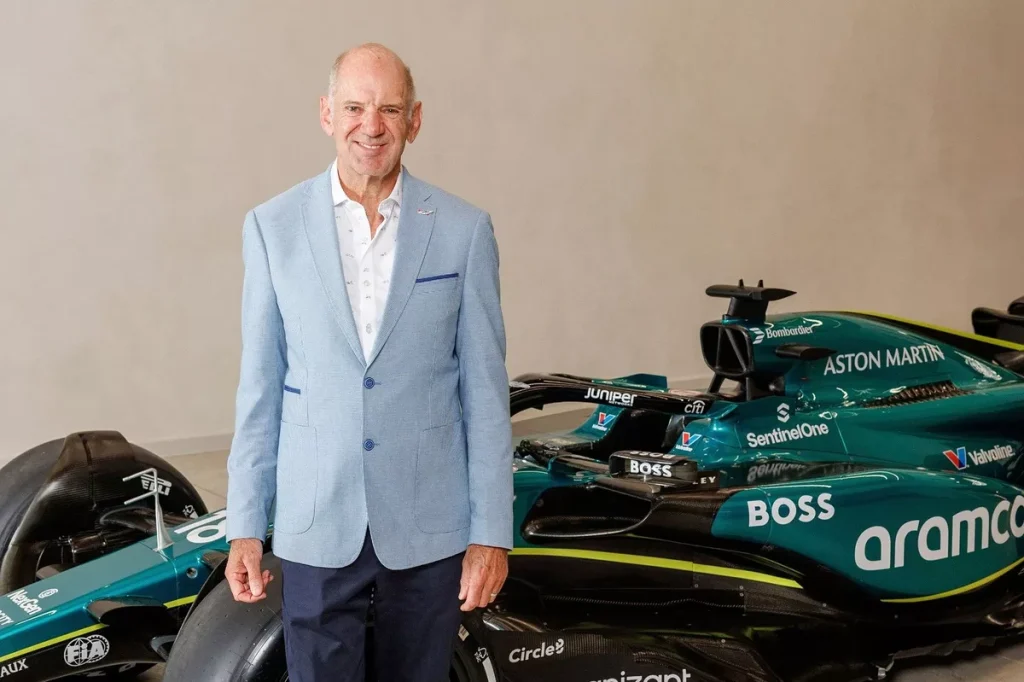
Much of the long-term focus, according to Cowell, lies with the 2026 car. He confirmed that design lead Adrian Newey has been entirely focused on that next-generation machine since joining in March.
“100% of Adrian’s designing time is focused on 2026,” Cowell said. “There’s zero carryover, and that means hard deadlines for monocoque and transmission design. But he’s also contributing by challenging how we use the tools—wind tunnel, CFD, and lab simulations.”
Although Newey is not directly involved in this year’s car design, Cowell noted the value of his experience in refining operational processes.
“Pretty much everything, Adrian’s got thoughts on how to improve. And that’s the great thing—his competitive drive is matched with a clear sense of what matters most.”
Embracing 2026 Power Unit Regulations
Cowell also addressed the broader direction of Formula 1’s power unit rules for 2026, which include increased electrification and cost caps.
“It’s pleasing to see that 2026 is going ahead as planned,” he said. “Change has a risk. You make a change to save money, but change costs money. So it’s great we’re continuing with efficient engines and significant hybridization.”
He noted the importance of maintaining relevance to the automotive sector:
“We’ve never developed a power unit under a cost cap before. And yet we’re doing it now, and it’s working.”
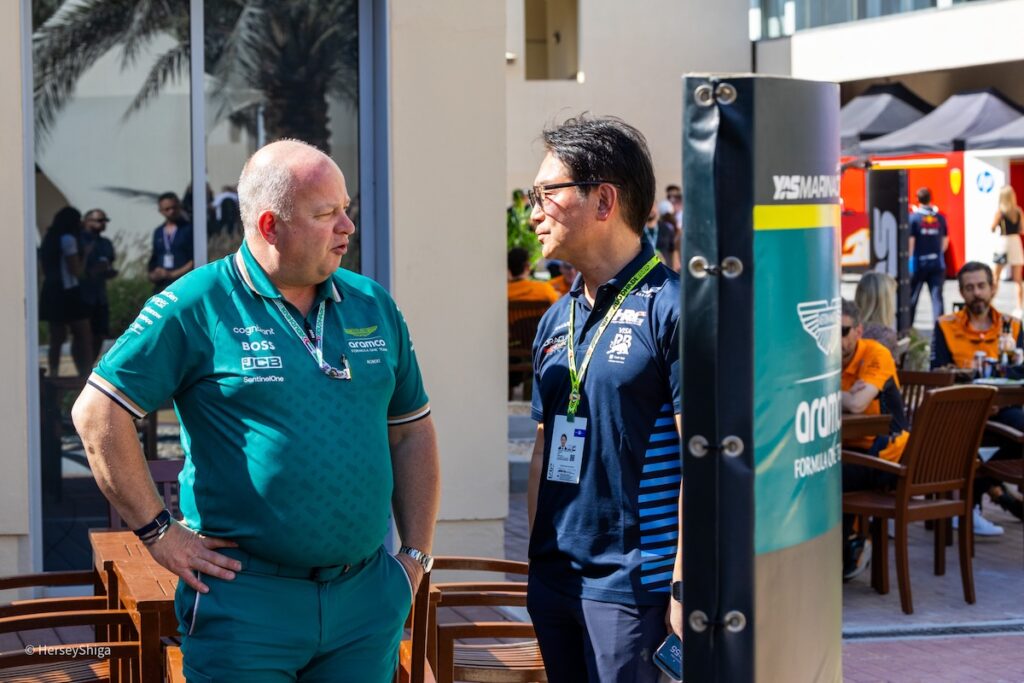
Collaboration with Honda (HRC)
Looking beyond Europe, Cowell reaffirmed Aston Martin’s strong ties with Honda Racing Corporation (HRC), which will supply power units from 2026.
“After Suzuka, I went up to Sakura with Lawrence [Stroll], and it’s a great collaboration,” Cowell shared. “There’s a lot to do, but many months to do it. It’s a really positive working relationship.”
As Aston Martin works to translate its technical investments into on-track performance, Cowell made clear the road ahead will be tough—but one they are committed to navigating with focus and determination.
“Everybody’s in a challenging position now, but I don’t think we should shy away from that. We should applaud the changes and keep working.”


